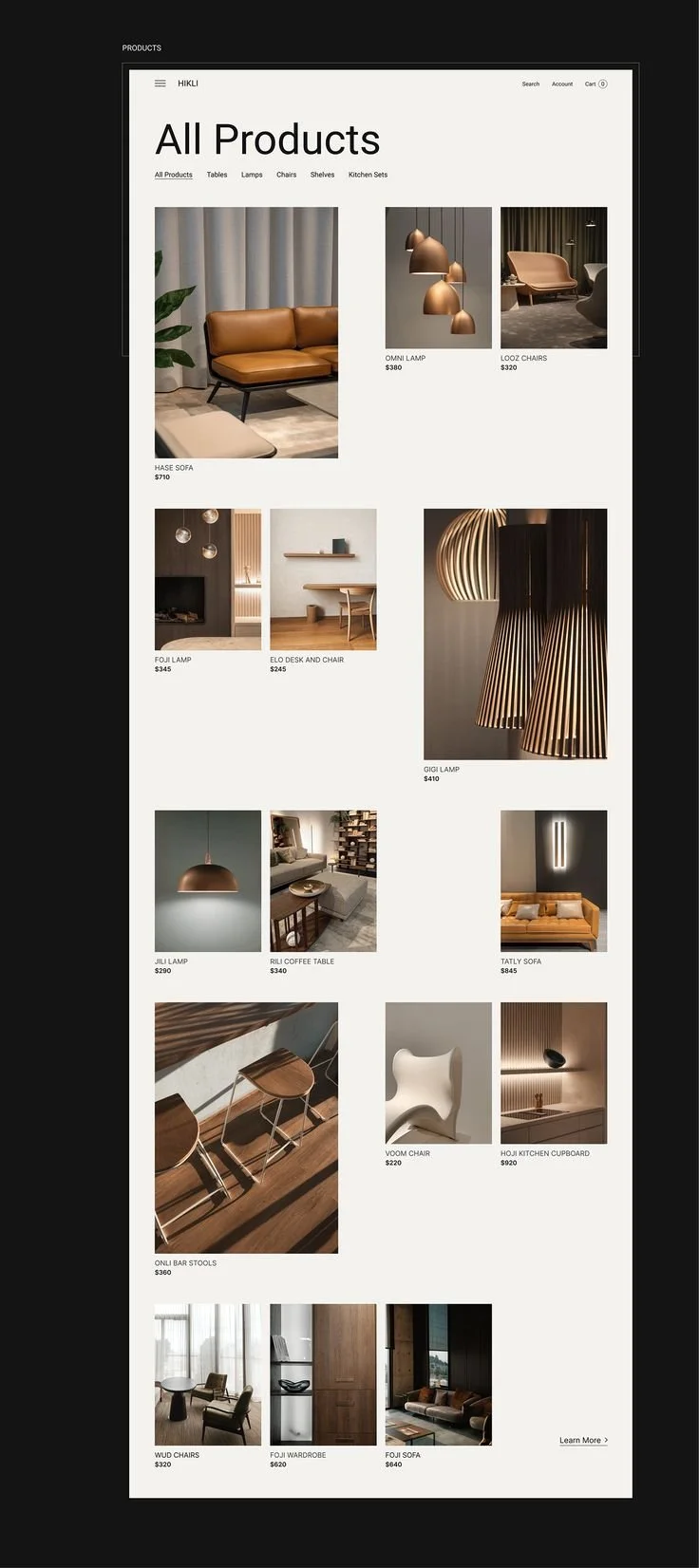Today, companies of all kinds, including e-commerce companies, are dealing with a surplus of data. From customer information and financial records to operational metrics and market insights—data has become an invaluable asset for organizations. However, without proper management and governance, this data can quickly become a liability, leading to inefficiencies, compliance issues, and missed opportunities.
Data governance serves as a critical framework for ensuring data integrity, quality, and accessibility throughout its lifecycle. In this article, we explore the role of data governance in enhancing business efficiency and addresses common concerns organizations face in their data management endeavors.
No. 1
Understanding Data Governance
Data governance forms the foundation for effective data management and utilization within an organization. It provides a strategic framework for ensuring data quality, consistency, security, and accessibility.
What is Data Governance?
Data governance is the overarching strategy, policies, and processes that organizations implement to manage and control their data assets. It encompasses the people, technologies, and processes involved in ensuring data quality, consistency, security, and accessibility across the enterprise.
Effective data governance establishes clear roles, responsibilities, and accountability for data management, enabling organizations to extract maximum value from their data while mitigating risks.
The Importance of Data Governance
Nowadays, data governance is no longer optional; it's a necessity. As organizations increasingly rely on data for decision-making and operations, a structured approach to data management becomes paramount. This raises the question of why is data governance important for enhancing business efficiency. Data governance ensures data quality and integrity, facilitating accurate and reliable information throughout the organization.
This, in turn, enables data-driven decision-making, allowing organizations to make informed choices based on real-time insights. Furthermore, data governance improves regulatory compliance by implementing robust policies, procedures, and controls for data management, thereby reducing the risk of costly fines and legal issues.
It also enhances data security and privacy, protecting sensitive information from unauthorized access, misuse, or loss. Additionally, data governance promotes data accessibility and reusability, making it easier for employees to access and utilize the data they need, ultimately driving operational efficiency and innovation.
By implementing a robust data governance framework, organizations can streamline their operations, make informed decisions, and gain a competitive edge in their respective markets.
No. 2
Data Governance and Business Efficiency
By establishing a robust data governance framework, organizations can unlock the true potential of their data assets and drive efficiency across various business operations.
Streamlining Processes and Workflows
Effective data governance helps organizations streamline processes and workflows by ensuring data consistency and accessibility across different departments and systems. When data is accurately defined, classified, and managed, it becomes easier for employees to access and utilize the information they need, reducing redundancies and inefficiencies.
Enabling Data-Driven Decision-Making
Data-driven decision-making is a crucial driver of business efficiency. With proper data governance, organizations can trust their data's accuracy and reliability, enabling informed decisions based on real-time insights. This approach can lead to better resource allocation, improved risk management, and more effective strategic planning.
Improving Regulatory Compliance
Many industries are subject to strict regulations regarding data privacy, security, and compliance. Data governance plays a crucial role in ensuring that organizations adhere to these regulations by implementing robust policies, procedures, and controls for data management. Failure to comply with regulatory requirements can result in costly fines, legal issues, and reputational damage—all of which can significantly impact business efficiency.
No. 3
Key Components of Data Governance
To achieve effective data governance, organizations must focus on key components such as data stewardship, data quality management, and data security and privacy protocols.
Data Stewardship and Ownership
Data stewardship and ownership are fundamental components of data governance. Data stewards are responsible for ensuring data quality, consistency, and accessibility within their respective domains. They define data standards, monitor data usage, and resolve data-related issues. Data owners are accountable for the overall management and security of specific data assets.
Data Quality Management
Data quality management is essential for ensuring the accuracy, completeness, and consistency of data assets. This component involves implementing processes and tools to measure, monitor, and improve data quality across the organization. Common data quality dimensions include accuracy, completeness, consistency, timeliness, and integrity.
Data Security and Privacy
In an era of increasing cyber threats and data breaches, data security and privacy are paramount concerns for organizations. Data governance establishes policies, controls, and best practices to protect sensitive data from unauthorized access, misuse, or loss. This includes implementing access controls, encryption, and regular security audits.
No. 4
Implementing Data Governance
Implementing data governance is a complex process that requires careful planning, stakeholder buy-in, and a dedicated team with the right expertise and resources.
Establishing a Data Governance Framework
Implementing data governance requires a well-defined framework outlining the roles, responsibilities, policies, and processes for managing data assets. This framework should align with the organization's overall business objectives and be tailored to its specific data management needs. Utilizing comprehensive data governance software can greatly aid in this process by providing structured methodologies and automation.
Building a Data Governance Team
A successful data governance initiative requires a dedicated team of professionals with diverse skills and expertise. This team usually includes data stewards, data owners, data architects, business analysts, and IT professionals. Effective collaboration and clear communication among team members are essential for ensuring consistent data management practices across the organization.
Leveraging Data Governance Tools and Technologies
While data governance is primarily a people and process-driven initiative, organizations can leverage various data governance tools and technologies to support their efforts. These include data quality management tools, data cataloging and lineage tools, data masking and encryption solutions, and data governance software platforms that provide a centralized repository for managing data assets, policies, and processes.
No. 5
Measuring the Success of Data Governance
To ensure the long-term success of data governance initiatives, organizations must establish clear performance metrics and continuously monitor and improve their strategies.
Establishing Key Performance Indicators (KPIs)
To measure the success of data governance initiatives, organizations should establish key performance indicators (KPIs) aligning with their business objectives and data management goals. These KPIs can include metrics such as data quality scores, data accessibility rates, compliance levels, and the overall return on investment (ROI) of data governance efforts.
Continuous Monitoring and Improvement
Data governance is an ongoing process that requires continuous monitoring and improvement. Organizations should regularly review their data governance policies, processes, and technologies to identify areas for optimization and address emerging challenges or regulatory changes. Feedback from stakeholders and analysis of data governance metrics can help organizations make informed decisions and adapt their strategies as needed.
Takeaways
By adopting data governance as a strategic imperative, organizations can unlock the full potential of their data assets, driving business efficiency, innovation, and competitive advantage. As the volume and complexity of data continue to grow, the importance of data governance will only increase, making it a critical investment for any forward-thinking organization.
FAQ
What is the difference between data governance and data management?
Data governance establishes policies and processes for managing data, while data management involves the actual execution and implementation of those policies.
How can organizations ensure the successful implementation of data governance?
Successful implementation requires a well-defined framework, a dedicated team, stakeholder buy-in, appropriate tools and technologies, and continuous monitoring and improvement.
What role does technology play in data governance initiatives?
Technology tools like data quality management, cataloging, and governance platforms support data governance by automating processes, enabling collaboration, and providing centralized data management.






































































































































































































